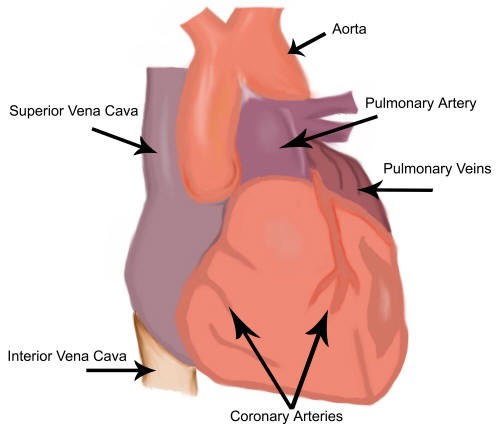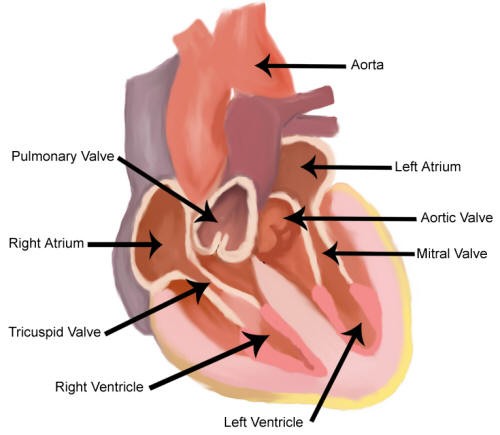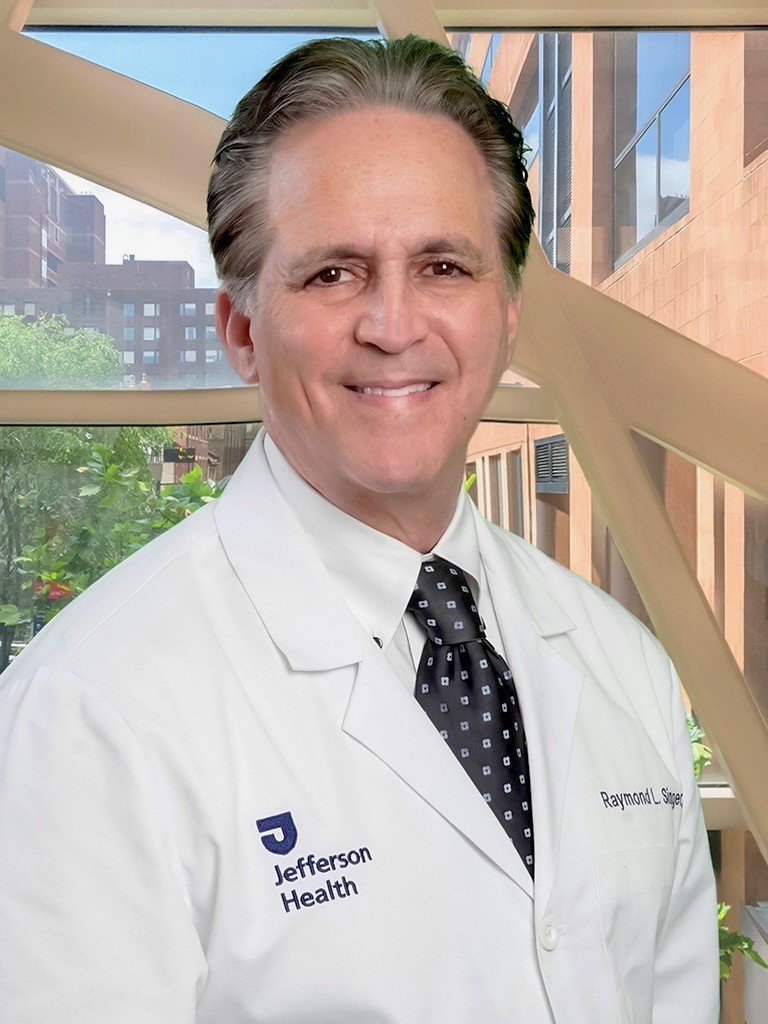The internal anatomy of the heart is fascinating. There are four chambers of the heart. In order to go from one chamber to the next, the blood must travel across valves that keep the blood moving forward.
Here’s the path that the blood travels:
- The blood arrives into the heart through the superior and inferior vena cava and enters the right atrium.
- Then the blood passes across the tricuspid valve to enter the right ventricle.
- After leaving the right ventricle, the blood passes across the pulmonary valve and goes to the lung where the blood becomes oxygenated.
- After leaving the lungs, the blood returns to the heart and enters the left atrium.
- From the left
atrium the blood crosses the mitral valve and enters the left ventricle. - Finally, the blood leaves the left ventricle and crosses the aortic valve to enter the aortic artery and then on to the rest of the body.
Below you can click the links to learn about the four heart valves:
Aortic
Mitral
Pulmonary
Tricuspid
Click below to learn about the three different surgical approaches to valve surgery:
Conventional
Less Invasive
Trans-Catheter
External Appearance of the Heart:

External Appearance of the Heart
Internal Structures of the Heart

Internal Structures of the Heart
Heart Valve Disease:
Below you can see my video where I discuss Heart Valve Disease:
Case Study – Triple Valve Replacement in a 20-Year-Old Patient
With permission from the patient and his family to post, in order to help others, this is an extraordinary case of a 20-year-old who required a triple heart valve replacement operation.
He presented with gastrointestinal symptoms, fatigue, and weight loss. His work-up showed that he had a non-ischemic cardiomyopathy with an ejection fraction at one point as low as 20%. His condition was complicated by multi-valve endocarditis, likely a variant of non-bacterial thrombotic endocarditis (NTBE), secondary to inflammation. He did not have a history of COVID or recent vaccination.
He received excellent heart failure evaluation and care by Dr. David Allen at the St. Luke’s University Hospital, in Northampton County, Pennsylvania, and he sought a second opinion with Dr. Eduardo Rame, at the Jefferson University Hospital Heart Failure Center, in Center City, Philadelphia. The patient’s ejection fraction improved to 45-50%, but he still had severe aortic, mitral, and tricuspid valve regurgitation, requiring surgery.
After seeking several surgical opinions, the patient underwent aortic valve, mitral valve, and tricuspid valve replacement surgery at the Jefferson Einstein Montgomery Hospital, in East Norriton, Pennsylvania. He also had a heart muscle biopsy performed during surgery, special cultures, and genetic testing. He recovered well, now being discharged to home on post-operative day five.
Lots of lessons, but clearly the most important is how his Mom knew something was wrong with her son after months of nonspecific symptoms and weight loss. His Mom intervened and helped her son get the answers and excellent care that he needed, including a second and third opinion. On the physician side, doctors across multiple institutions and disciplines collaborated to help this young person avoid the need for a heart transplantation. Excellent outcome for what was a scary series of events for this young patient and his family.


